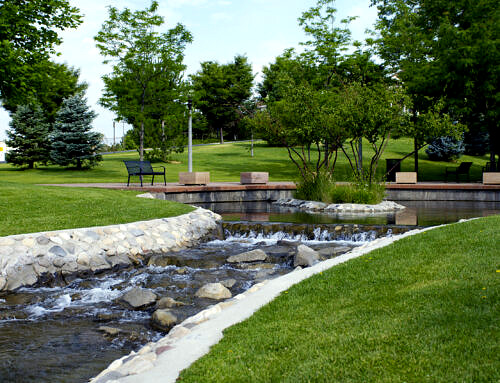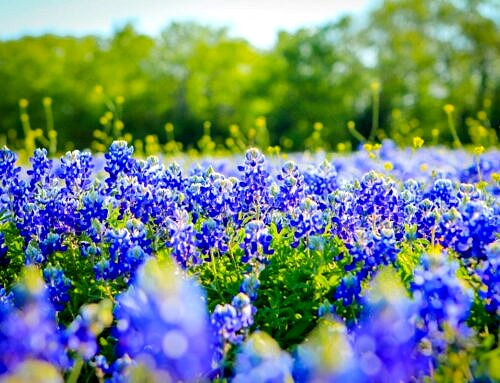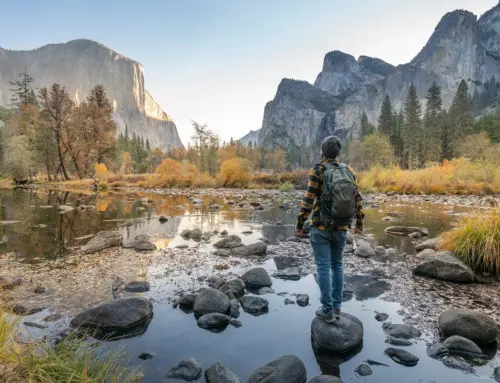Does Landscaping Make a Difference?
What is Landscaping
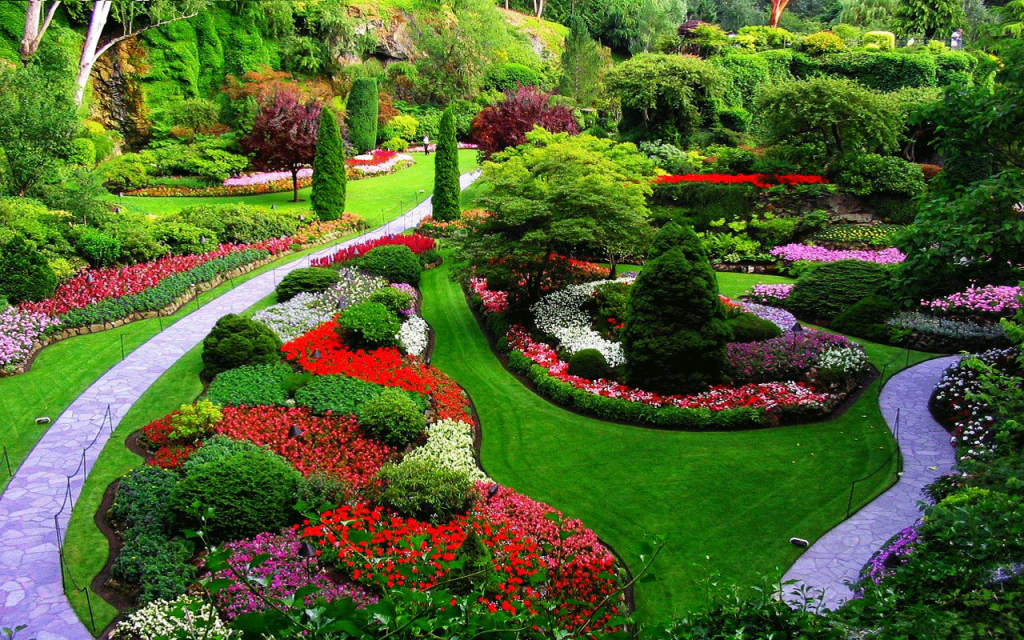
Landscaping refers to any act that changes or modifies the visible features or characteristics of an area of land. These changes or enhancements can include living elements, which would refer to the flora or fauna: natural elements which would refer to landforms, terrain shapes, elevations, and bodies of water; or human elements which would refer to structures, buildings, fences, or any material object created and/or installed by humans. The art of crafting all these elements together to create a beautifully functional and enticing space within an area is the method of landscaping but not the purpose. Good landscapers prioritize the health of the environment of an area. They are at the forefront of techniques and innovations dealing with energy efficiency, clean water, clean air, and more in an effort to recapture and maintain a healthy, more sustainable globe. Landscaping is becoming increasingly important to individuals, communities, cities, and the world. Let’s delve into some of the important purposes of landscaping for us all.
Environmental Benefits
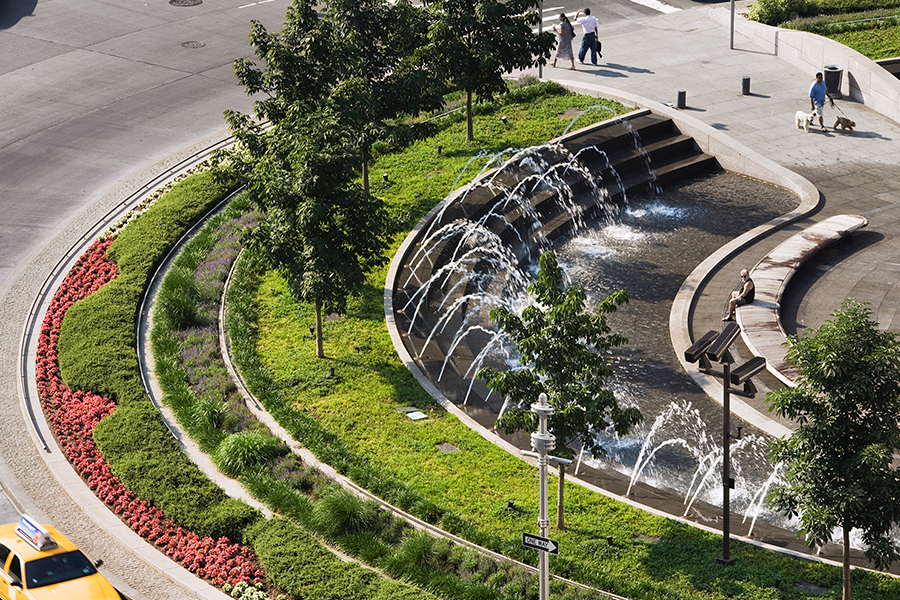
As more and more people across the globe are realizing the importance of environmental preservation, traditional landscape designs that left important layout elements out are now being replaced with better foresight for the overall impact of the design arrangement on the environment. Utilizing a design layout properly can conserve natural resources such as soil quality, air quality, and even water quality. Some of the ways these elements benefit from proper thought-out landscaping are as follows:
- Natural Coolant – Cities can get very hot, creating what’s known as “heat islands”. The grass is much cooler than asphalt and 20 degrees cooler than bare soil and with the presence of trees, the temperature drops another 6 degrees. This is an excellent reason to promote greenery in the concrete and asphalt-ridden urban areas of cities.
- Natural Soil Cleaner – Grass plays a vital role in capturing dust, smoke particles, and other pollutants caused by the surrounding area. Certain plants are so good at purifying the soil that they’ve been nicknamed “super plants” because they can even purify contaminates caused by factories and waste facilities. Two of these such plants are alfalfa and sunflowers whose official term is “phytoremediation” and they are used extensively in the endeavor to clean up soil contamination.
- Natural Water Protector – Healthy lawns absorb unhealthy runoff that might otherwise filter into bodies of water. Water may be a sustainable resource, but it’s not limitless. Landscaping can help manage it by prioritizing water drainage solutions, protecting natural waterways, creating rain gardens, and rejuvenating wetlands. Wetlands, which are decreasing in number, are important areas because they encourage biodiversity, purify stormwater, and control floods. Proper landscaping can help manage all our water solution needs.
- Natural Air Cleaner – Grasses absorb carbon dioxide and break it down into oxygen and carbon. In fact, a 50′ x 50′ lawn produces enough oxygen for a family of four. Plants also clean the air and trees are especially effective at this purification. The world’s forests absorb around 1/3 of the global emissions each year. Tree leaves, and the leaves of all plants, absorb pollutants like smoke, ozone, and nitrogen oxides; filtering them from the air while emitting needed oxygen back into the air. Cities and urban areas can purify polluted air by adding more insightful landscaping of the appropriate plants and trees while also taking into consideration factors like water availability, spacing, and wind patterns. Cleaner air creates a better environment for everyone.
- Natural Noise Minimizer – Lawns and plants dramatically reduce noise pollution levels by 20 to 30 percent over hard surfaces like concrete and pavement. Unwanted noise can lead to a variety of health problems, including anxiety and hearing loss. Plants and other soft surfaces can be used to absorb, deflect, reflect, and/or refract soundwaves, depending on the need and the landscape design. Vegetation can also generate masking sounds such as leaves rustling, branches swaying and stems creaking; creating a white noise effect that is more natural and soothing to the ear than urban city sounds.
The most significant advantage of having a landscape is the preservation of nature. Landscapers that value environmental health and sustainability will work without hurting “Mother Nature” or the property. Urban architecture is full of wooden decking, asphalt walkways, and concrete flooring. People have started acknowledging the importance of plants and trees in their lives and are looking to incorporate more natural surroundings. Landscaping offers solutions to various environmental issues and protects natural resources and ecology. While including hardscaping, which is pathways, patio flooring, buildings, etc., it is easy to intertwine those areas with landscaping, which is flowers, trees, shrubs, etc., so that the area can be a naturally pleasing environmental preserve. Together, hardscaping and landscaping strike up a healthy balance that is both functional and astatically pleasing.
Erosion Control

Erosion is a serious issue and a constant concern for landscape architects when designing a project. Water is a powerful natural force and flowing water from rainfall or even irrigation can lead to a number of problems like increased pollution and sedimentation in rivers and streams. Waterways get clogged, which kills fish and other species. Erosion also destroys fertile land and leads to more flooding. Both the environmental and monetary cost of erosion can be massive which is why careful consideration must be given to the materials used in the landscaping process and the installation of proper drainage systems from the beginning of the project. Landscaping, especially with grass, shrubs, and other vegetation is a great, natural way to control erosion because they hold the soil together with their roots while the leaves and other foliage slow the velocity of heavy rainfall and/or flood water. Landscaping that prioritizes erosion issues and water management keeps the problem at bay. Some other ways besides plant-based solutions to help prevent erosion include:
- Swales – shallow ditches that often follow the contour of a slope and act to reduce the velocity of runoff.
- Culverts – Pipes laid underground to provide passage for the flow of water which are usually used to maintain the natural flow of the water.
- Drains – Drains strategically placed can remove fast flowing water before it has the chance to erode while blending into the surrounding landscape.
- Runoff Diverters – Used to manage runoff from buildings and other structures, they divert water into designated areas that can accommodate the flow without erosion damage.
- Water Collection Devices – Water storage tanks can allow control of the release of water into drainage systems and can also provide water for irrigation of the vegetation in the area.
- Terraces – have been used for centuries for erosion control because they break up the natural slope of the land so that the runoff velocity is milited and erosion is minimal.
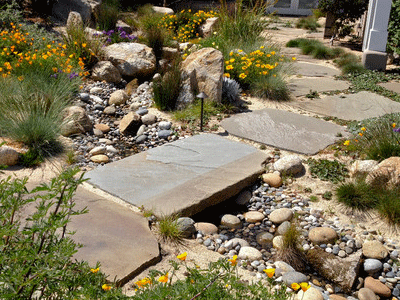
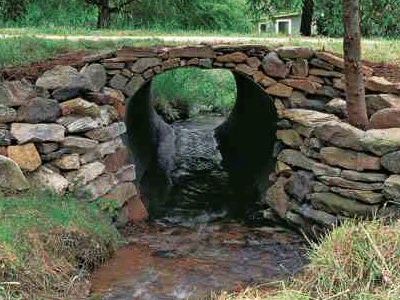
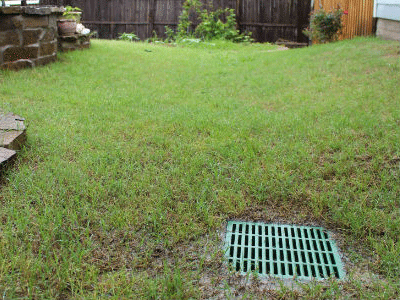
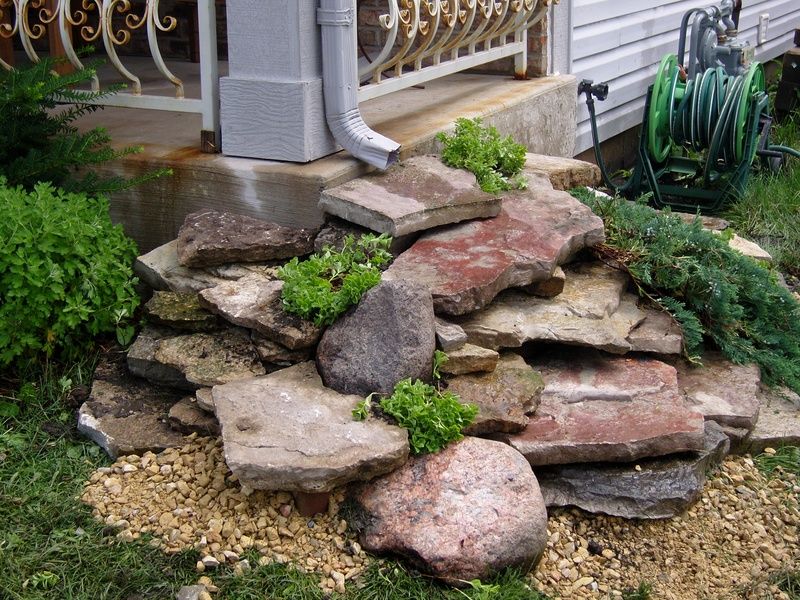
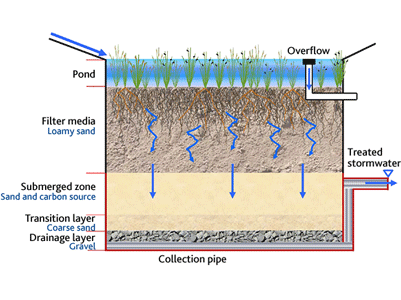
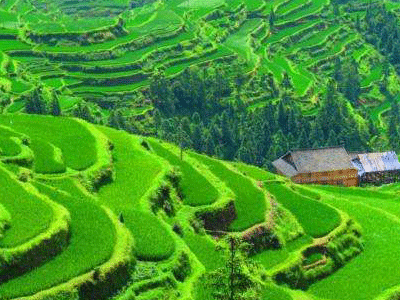
While all of these are excellent recommendations for erosion, unless the neighboring landowners are also erosion conscious, it will behoove you to study the overall watershed while still in the design stage to be prepared in case the neighbors are not!
Mental Health
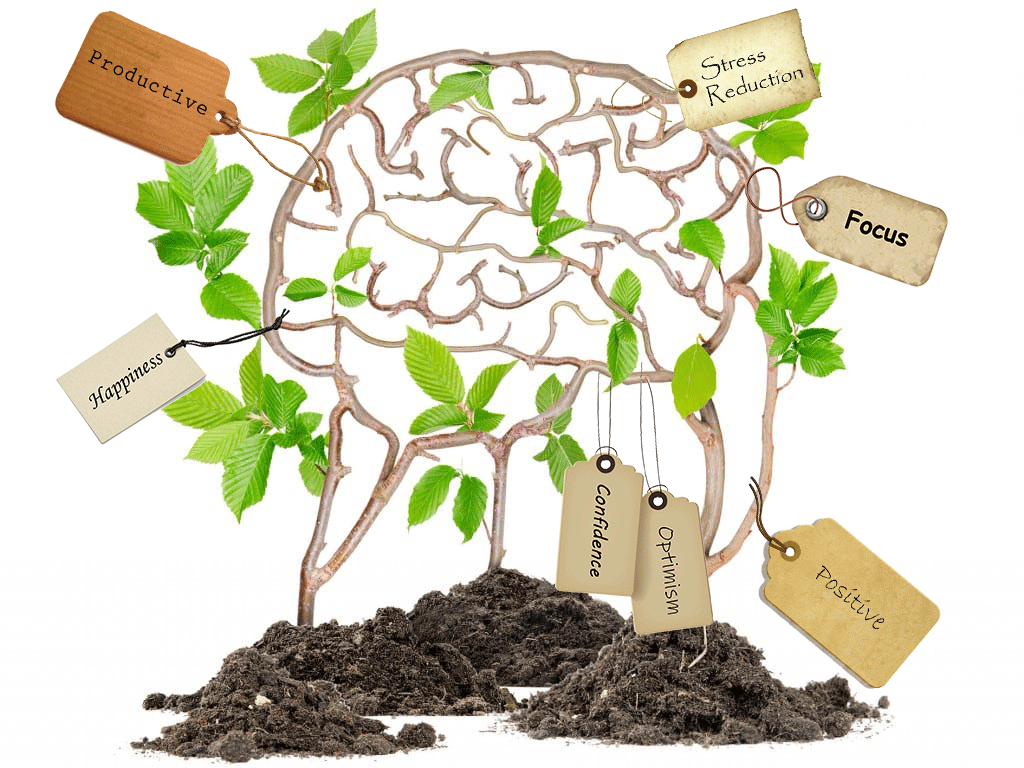
Sitting for some time in the lap of nature can have a positive impact on a person and his state of mind. Many studies show that being surrounded by plants improves mental health by enhancing concentration and memory, promoting educational performance in children, generating a sense of happiness, and increasing health by accelerating healing and reducing stress. Human interaction with plants, trees, and the grass is well studied and documented, and because of this, landscape maintenance is a great proactive step toward promoting wellness in the home, workplace, and community. A growing body of research demonstrates how important it is to incorporate tree canopies and parks into urban areas because they provide a wide range of lifestyle benefits that improve the quality of life for the residents. Studies also indicate that even viewing nature through a window has a positive effect on mental health and having it in or around your work or living space can significantly reduce stress-related issues by up to 40%. It can improve an individual’s productivity at home and/or work by boosting confidence and concentration levels. It can also help children with ADHD focus better after spending some time outdoors. Nature is so powerful that something as small as one tree or a single houseplant can have a positive effect on one’s mental health state. Landscaping more green spaces can play an important role in the healing and psychological health of us all.
Value Benefits
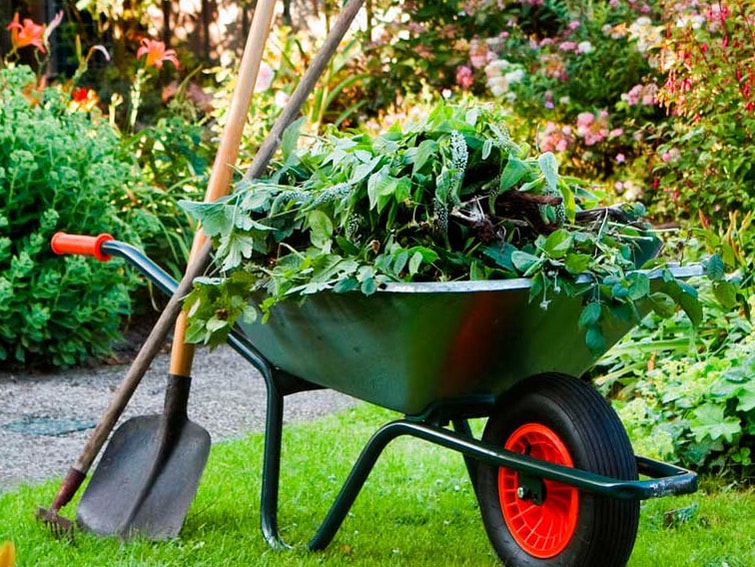
Landscaping is not only good for the environment and people’s mental health but it also adds value to an area. When someone sells their home, their landscaping efforts affect the potential asking price, and the beautiful parks and green spaces in a city affect the attraction of tourists and visitors. Both scenarios are directly related to the potential amount of money to be made and landscaping, or the lack of it, is the common denominator. Let’s look at some specific benefits for both urban settings and commercial settings.
Benefits of Urban landscapes:
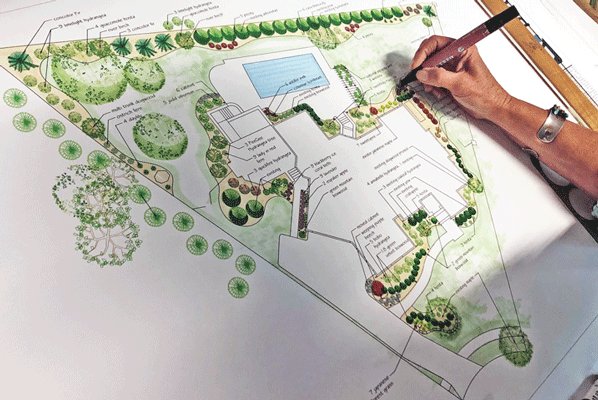
- Parks and tree canopies help reduce noise and heat.
- A US Forest Service study found neighborhoods with tree-lined streets and larger yard trees had reduced crime rates.
- Studies indicate that just looking at plants and trees, even through a window, can reduce stress and lower blood pressure.
- Walking in a natural environment with plants and trees, even when located in the middle of a city, has been shown to improve attention and memory.
- Neighborhoods that incorporate community green spaces have lower incidences of stress, have lower health care costs, and have an improved quality of life.
Benefits of Commercial landscapes:
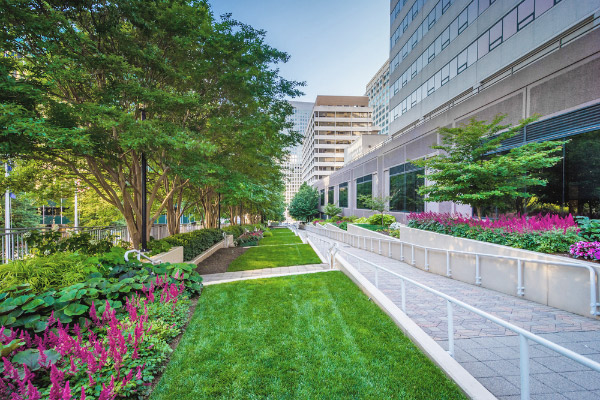
- Studies indicate businesses are more successful when they provide landscaping areas around their buildings and plants inside their place of work.
- In fact, looks matter so much that one consultative study found that 70% of first-time sales are based on “curb appeal”.
- Another study found 7% higher rental rates for commercial offices having high-quality landscapes.
- Shoppers claim they will spend 9% to 12% more for goods and services in central business districts that have high-quality tree canopies.
- Shoppers also indicate they will travel a greater distance and a longer time to visit a district with a high-quality tree canopy, and spend more time there once they arrive.
- Companies that provide their employees interactions with nature by just viewing it benefit because their employees showed much better job and life satisfaction along with better health.
Landscaping can be viewed as an indirect marketing tool. A well maintained and pleasing outside can indicate a well maintained and pleasing inside for a business and/or a city. Using landscaping as a branding outlet is just another way to enhance your business or community while helping entice new customers and/or tourists to check you out. According to some estimates, a well-developed and maintained landscape can increase the value of an area by as much as 15%. It’s no surprise that people respond better to environments that have a significant green footprint. It has been found, through surveys, that 74% of the public prefers to congregate around stores, common areas, and parks that have more trees, plants, and fresh greenery. In fact. another survey reports that 63% of people are willing to pay more to live near green spaces compared to 34% who are willing to pay more to be near shopping or 33% to be near cultural venues. We instinctively feel a connection and a draw to nature because we inherently know it is a source of calm and peace in our busy lives.
Recreational Benefits

A recreational landscape can be described as a landscape that facilitates physical activities and the functionality and suitability of a recreational landscape depend on the recreational activity involved, by which any area potentially can be developed and utilized as a recreational area. Landscapes are an excellent means of outdoor activities and the proximity to and accessibility of the landscaped area will determine whether it will be utilized. Landscapes are considered attractive and popular settings for recreational purposes and activities, which sets the goal for these areas to provide a wide range of recreational activities, opportunities, and experiences to better accommodate their surrounding residents and potential newcomers. These green spaces can even be used as an outdoor classrooms for educating children and adults alike about the importance of conservation and ecosystems and how they impact our lives. People are likely to attach an emotional bond to the memories of experiences shared in these green spaces which are of key importance in research on the psychophysical relationship between humans and nature. The challenge becomes how to plan and design these areas to provide the intended recreational activities and experiences while ensuring and maintaining the best environmental conditions for the area. With a proper, well-designed layout, you can combine a green space for physical activities, social activities, leisure activities, and solitary activities while also adding attractive elements to make the space even more enticing to the local community and out-of-town visitors. The real key is making it inviting, functional, convenient, and environmentally friendly. If all these elements are taken into consideration and presented in the recreational area, people will come.
Energy Benefits

Even when you’re not directly in the shade of a tree canopy, the surrounding temperatures go down and this means people will use their air conditioning less inside and outside which will significantly reduce the use of electricity inside and cause fewer emissions from cars outside. Professional landscape designers can assist in the energy efficiency of your home, business, and local green spaces. A well-placed tree, shrub, or vine can deliver effective shade, act as a windbreak, and reduce energy costs by as much as 25% in homes and businesses while green spaces can also be more pleasant. How you landscape to conserve energy depends on where you live. In the United States, there are roughly four climate regions and in Texas, we have three out of the four. In north and west Texas, we have a hot-arid climate, in south and east Texas, we have a hot-humid climate, and in a small central north section, we have a temperate climate. Here are some strategies for each type of region.
Hot-Arid Climate:
- Provide shade to cool off roofs, walls, windows, sidewalks, pathways, and gathering areas.
- Allow summer winds to naturally access an area to offer a cooling effect.
- Block or deflect unwanted winds that might have the opposite effect.
- Choose native and drought tolerant landscaping to reduce outdoor watering needs.
Hot-Humid Climate:
- Channel summer breezes to blow toward needed areas offering a cooling effect.
- Maximize summer shade with trees that still allow penetration of low-angled winter sun.
- Avoid locating planting beds close to homes or businesses that require frequent watering.
Temperate Climate:
- Maximize warming effects of the sun in the winter.
- Maximize shade during the summer.
- Deflect winter winds with windbreaks of trees and shrubs on the north and northwest side.
- Tunnel summer breezes toward needed areas.
The climate immediately surrounding an area is called its microclimate and in landscaping for energy efficiency it is important to consider this microclimate as well as your regional climate. Microclimates may receive more sun, shade, wind, rain, snow, moisture, and/or dryness than average local conditions. For example, if your location is on a sunny southern slope, it may have a warm microclimate even if the overall region is a cool one. Or, if you live in a hot-humid region, your location may be situated in a comfortable microclimate because of abundant shade and/or dry breezes. Bodies of water will definitely impact your location’s microclimate and all of this data is needed to determine what plants may or may not grow in your green space. In all, there is a lot to consider when designing an energy-efficient, environmentally safe, and functionally pleasing landscape. Professional landscapers will save you time and research because they know what is needed to achieve these goals. Save energy, ecosystems, and time by professionally landscaping your green space.
Conclusion
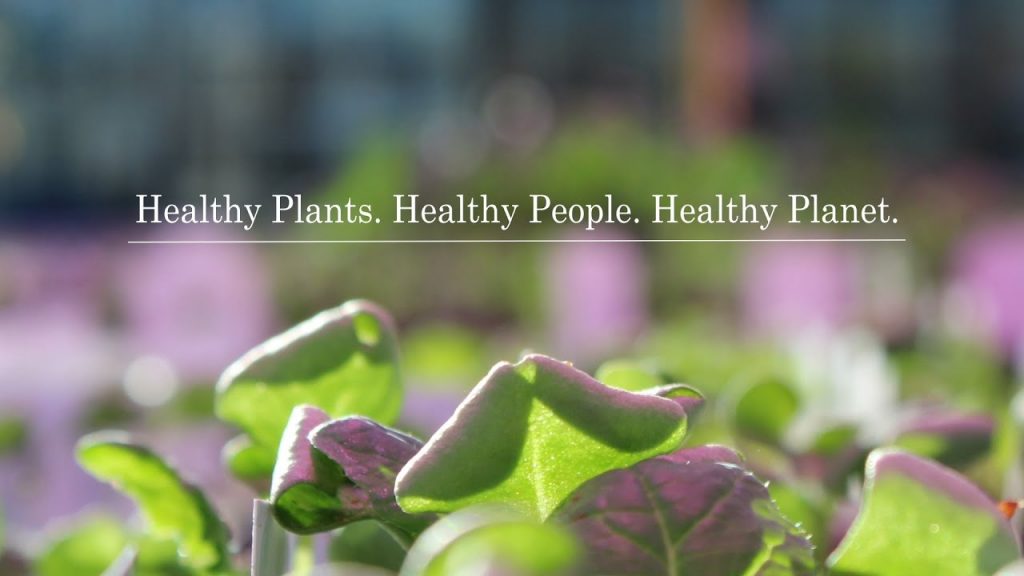
Lush green grass tickles our toes; flowers treat our eyes to bold, vibrant colors; and fragrant shrubs delight us with their sweet perfumes. On the surface, this is what landscaping is to us, a beautifully orchestrated delight of nature. But landscaping should be viewed as a necessity; not a luxury. There are many reasons why landscaping is important and we have discusses a few. We now know the negative consequences of deforestation and shrinking green spaces in our local areas and in the world. Landscaping provides an opportunity to bring back green spaces which serve to help preserve and protect the environment while giving us a space to find tranquility. Orchestrating the concepts of a well-designed area while taking into consideration all the elements needed to make it functional, environmentally friendly, and appealing to the local area is a daunting task. However, the community of Landscape Architects has stepped up to meet this challenge and they know the importance of the green spaces they create. To them, they are helping the environment; but to us, they are giving us the opportunity to create memories, history, and emotional ties to these beautiful spaces.



